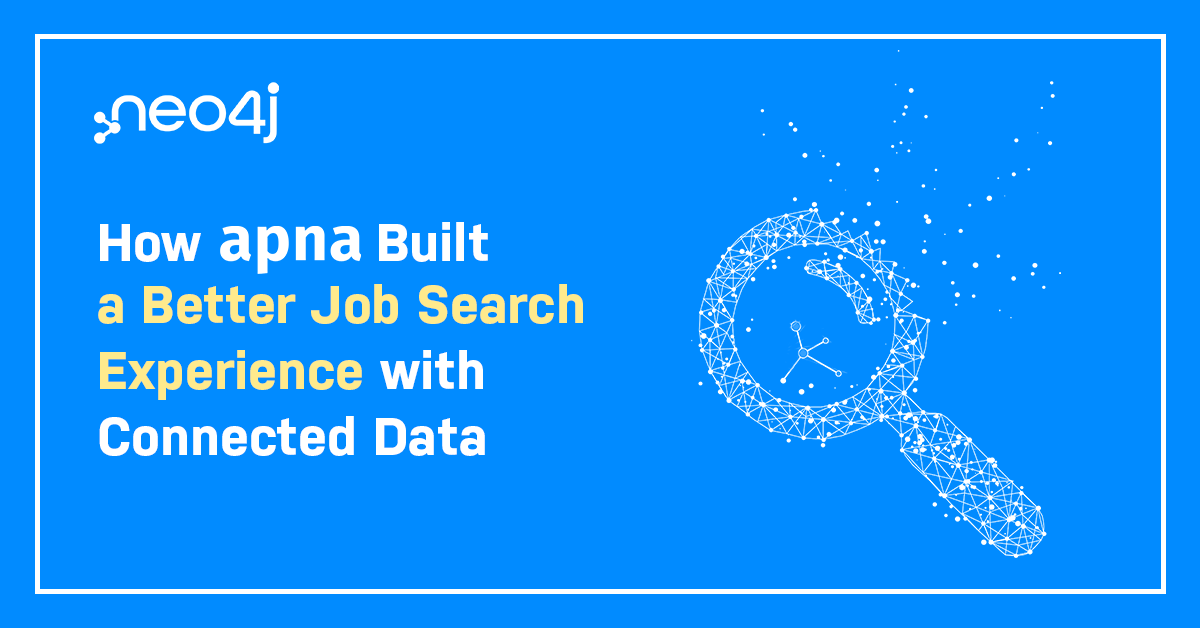Powering Recommendations with a Graph Database: Proven Business Benefits [+ Case Studies]

Chief Scientist, Neo4j
5 min read

Relevant, real-time recommendations drive revenue, but they are challenging to deliver. That’s because good recommendations require bringing together so much data, surfacing the relationships between all that data and delivering just the right suggestion in context and in the moment.
In this series, we discuss how real-time recommendations support a number of different use cases, from product recommendations to logistics. Last week, we explained why many organizations are choosing a graph database for real-time recommendations.
In the second part of this three-part series, we’ll see how using Neo4j for real-time recommendations translates into business value and describe how companies from eBay to Walmart are using real-time recommendations.
Business Benefits of Neo4j
Companies from around the globe have incorporated Neo4j into their data architecture to take advantage of the powerful real-time recommendations the graph database provides. These enterprises have experienced a variety of business benefits as a direct result.
Improved Competitiveness
Neo4j enables new types of business functionality that are often not possible with other technologies, allowing you to make real-time decisions based on connected data.
For example, Walmart uses Neo4j to make real-time product recommendations by using information about what users prefer. Additionally, most of the top dating and online job sites use Neo4j to recommend jobs or dates by incorporating a knowledge of the extended network (friends-of-friends) into the recommendation, again in real time, substantially improving the accuracy of the recommendation.
Reduced Project Time, Competitiveness and Cost
Neo4j cuts the overhead on many types of projects, particularly those involving connected data. Many customers cite the huge acceleration that occurs when a graph model is brought to bear on a connected data problem.
For example, eBay cites that with Neo4j it requires 10-100 times less code than it did with SQL, and Telenor, one of the world’s top telecom providers, uses Neo4j for the authorization system on its business customer portal, improving performance by 1,000 times.
Faster Product Time to Market and Better Performance
Neo4j requires developers to produce less code than RDBMS alternatives. Less code means higher quality and an increased success rate on projects. Neo4j’s performance is dramatically better for connected datasets – often the difference between something being possible and not possible.
eBay cites that “Neo4j allowed us to add functionality that was previously not possible.” Many customers experience improvements on a similar scale, so much so that Neo4j is often described as decreasing query times from “minutes to milliseconds” for connected data queries.
Walmart and Other Leading Adopters [Case Studies]
Market leaders are using Neo4j to serve up real-time recommendations in areas such as retail, industrial spare parts, jobs, movies, entertainment, restaurants and even online dating.
Case Study #1: Walmart
Walmart calls Neo4j “a perfect tool for real-time product recommendations.” The retailer has sales of more than $482 billion and employs 2.3 million associates worldwide, serving more than 260 million customers weekly through its 11,500 stores in 28 countries and ecommerce websites in 11 countries.
“Neo4j helps us to understand our online shoppers’ behavior and the relationship between our customers and products, providing a perfect tool for real-time product recommendations,” said Walmart Software Developer Marcos Wada. “As the current market leader in graph databases, and with enterprise features for scalability and availability, Neo4j is the right choice to meet our demands.”
Case Study #2: Movie Recommendation Website
A leading movie recommendation website is revolutionizing the way the film industry promotes projects by enabling fans to discover the best upcoming releases before they hit the big screen and make recommendations based on individual taste. In turn, it provides movie studios with insights into the preferences and behavior of film fans, enabling them to more effectively target their marketing campaigns.
They considered MySQL for its recommendation system, but after seeing the amount of data required, they looked at other databases and chose Neo4j. Their CTO said: “We wanted to quickly connect audiences to the right movies, and Neo4j just fits our philosophical standpoint. We are very happy that we discovered Neo4j. We increased the speed of generating recommendations and users to movies, which is a core part to our business model.”
Case Study #3: eBay
eBay uses the delivery coordination platform Shutl to make the delivery of online and mobile orders quick and convenient. This eliminates the biggest roadblock between retailers and online shoppers: the option to have your item delivered the same day.
Switching from MySQL to Neo4j allowed the fast-growing service to quickly match orders with couriers with relatively constant performance, and in a data model that allows queries to remain localized to their respective portions of the graph. “We achieved constant query performance by using Neo4j to create a graph that is its own index. That’s awesome development flexibility,” said Volker Pacher, Senior Developer at eBay.
Case Study #4: Wobi
Wobi is a price comparison website for pensions and insurance that uses detailed financial pictures of customers to provide the best “value offers” to users. To achieve such a detailed level of customer understanding, Wobi needed a single customer database where it could rapidly drill-down into each individual’s history and add new information on the fly – which is exactly the model that Neo4j provides.
Neo4j is currently handling half a million customers with an average of eight pensions and insurance policies and products each – a total of 4 million nodes and 30 million relationships. It has the capacity to expand much further. According to Shai Bentin, Chief Technology Officer at Wobi, “It’s not a large database yet – but it will be. And I feel safe with Neo4j.”
Case Study #5: Fortune 200 Company
An international Fortune 200 hospitality company adopted Neo4j to power its real-time pricing recommendation engine after running into significant slow-downs with its prior database architecture. Since working with Neo4j, the company has significantly reduced request processing time as well as the company’s hardware requirements, and performance has improved so substantially that they have seen a 300% growth in the volume of generated price changes.
Conclusion
Neo4j is used by thousands of companies around the world, including more than 50 of the Global 2000 such as eBay, Walmart, Hewlett-Packard and Cisco. These companies have all recognized the value in – and necessity of – finding and leveraging connections between data for a variety of uses that ultimately provide customers with better user experiences.
Whether it’s eBay providing customers with more seamless same-day delivery, Walmart offering accurate real-time product recommendations, or a well-known Fortune 200 hospitality company providing a more powerful price-comparison tool, Neo4j and the real-time recommendations it provides are a consistent driving force of success.
Ready to see what Neo4j can do for your company? Learn how to master the emerging world of graph databases by reading the free ebook O’Reilly’s Graph Databases, have your development team take Neo4j for a spin and explore the variety of available online training options to get up and running with Neo4j in no time.
See how leading companies are using Neo4j drive personalization at scale with this white paper, Powering Recommendations with a Graph Database. Click below to get your free copy.
Catch up with the rest of the real-time recommendation blog series:








